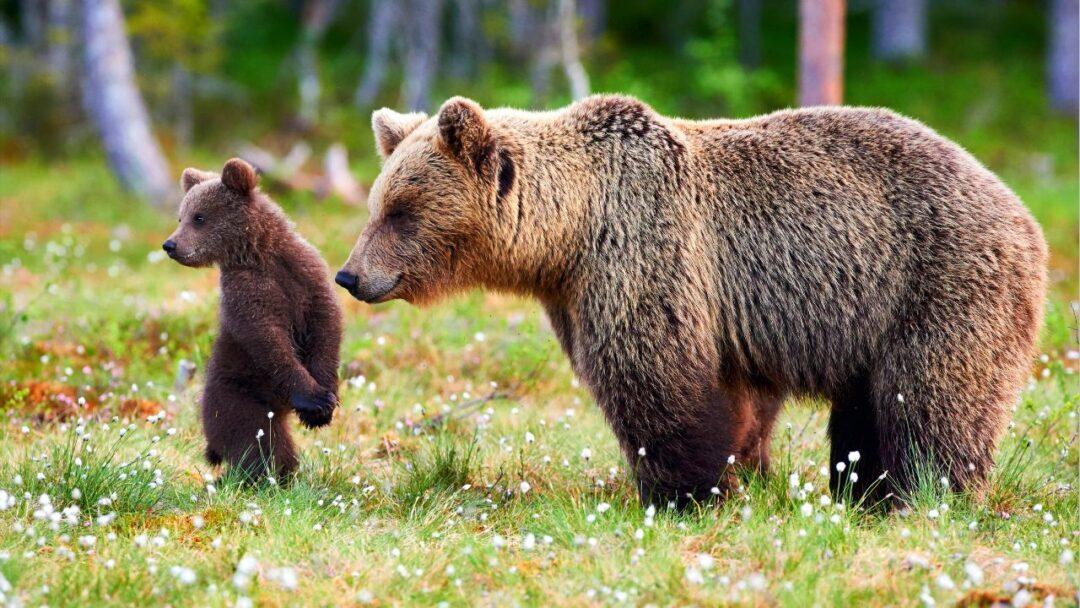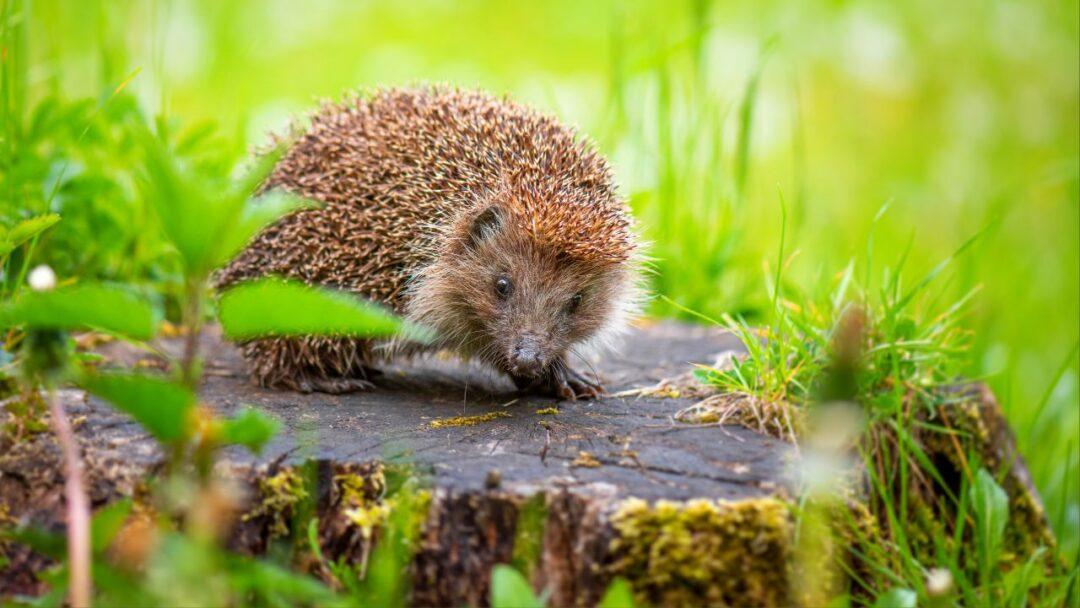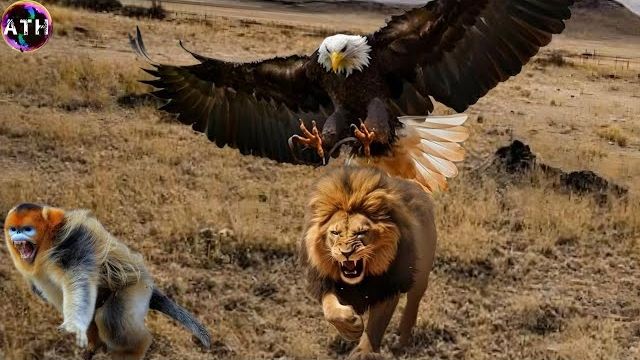Table of Contents

Introduction
10 Interesting Facts about Bear. Bears are intriguing creatures that may be found all over the world. They are renowned for their intelligence, adaptability, and strength and power. In this post, we’ll look at ten fascinating bear facts, including information on each species, some enigmatic facts and urban legends, and their significance to the ecosystem.
10 Facts About Bears
- There are eight species of bears: There are eight species of bears in the world, including the American black bear, brown bear, polar bear, Asiatic black bear, sloth bear, sun bear, spectacled bear, and giant panda.
- Bears have an incredible sense of smell: Bears have a sense of smell that is seven times better than a bloodhound. They use this sense of smell to locate food, mates, and to communicate with other bears.
- Bears can climb trees: Many people assume that bears cannot climb trees, but in fact, some species of bears, like the American black bear, are very good climbers.
- Bears are excellent swimmers: Bears are strong swimmers and can swim for long distances. Polar bears are particularly good swimmers and can swim up to 60 miles without stopping.
- Bears are omnivores: Bears eat both plants and animals, but their diet varies depending on the species and the season.
- Bears hibernate during the winter: Bears hibernate during the winter to conserve energy when food is scarce. During hibernation, their heart rate and breathing slow down, and they do not eat or drink.
- Bears have a unique digestive system: Bears have a digestive system that allows them to digest tough plant matter like grass and bark.
- Bears are strong and powerful animals: Bears are incredibly strong and powerful animals. Grizzly bears, for example, can weigh up to 1,500 pounds and have been known to lift up to 500 pounds with ease.
- Bears are intelligent and adaptable: Bears are intelligent animals that are able to adapt to changing environments. They are also skilled problem solvers and can figure out how to get food out of complex puzzles.
- Bears have a complex social system: Bears have a complex social system that varies depending on the species. Some species, like the American black bear, are solitary, while others, like the polar bear, are more social.
Mysterious Facts and Myths
Bears have long been associated with myths and legends. Here are some interesting facts and myths about bears:
- In some cultures, bears are associated with strength and power and are considered to be spiritual animals.
- In many Native American cultures, the bear symbolizes protection, strength, and courage.
- The myth that bears are attracted to the scent of menstruating women is false.
Important to Ecosystem
An essential part of the environment is played by bears. Their foraging and digging habits aid in the dispersal of seeds and the improvement of soil quality, and they aid in the management of populations of prey species such as deer and elk.
What are the different species of bears?
Bears are a diverse group of mammals, with several species recognized. Polar bears, grizzly bears, black bears, brown bears, and pandas are among the most well-known bear species. Each species has its own unique characteristics and habitat.
Where do bears live?
Bears can be found all over the world in a variety of habitats. Polar bears, for example, are mostly found in the Arctic, whereas grizzly bears can be found all over North America. Black bears live in North America, including Canada, the United States, and Mexico. Brown bears are found in North America, Europe, and Asia. Giant pandas can only be found in a few areas of China.
What do bears eat?
Bears are omnivores, which means they eat a variety of foods. Plants, berries, fruits, nuts, grasses, insects, fish, small mammals, and carrion can all be found in their diet. A bear’s diet is determined by its species, habitat, and the availability of food sources in its environment.
How long do bears hibernate?
Depending on the species and location, bears hibernate in different ways. Bears generally hibernate during the winter months to conserve energy during the colder months when food is scarce. While some bear species do not hibernate, such as polar bears, others, such as grizzly and black bears, may hibernate for several months, typically from late fall to early spring.
Are bears dangerous to humans?
Bears are wild animals that must be approached with caution and respect. While bears generally avoid human contact, certain factors such as habitat loss, food scarcity, or a sense of being threatened can result in bear-human conflict. When in bear country, it’s critical to follow safety guidelines such as properly storing food, making noise, and giving bears their space. Education and comprehension can help to reduce risks and promote peaceful coexistence.
How fast can bears run?
Bears are surprisingly agile, and depending on the species and circumstances, they can run at varying speeds. For short distances, grizzly bears can reach speeds of up to 35 miles per hour (56 kilometers per hour). It’s worth noting, however, that bears aren’t typically known for long-distance running.
Do bears hibernate in caves?
While bears can hibernate in caves, they may also choose to sleep in other types of dens during the winter. For hibernation, bears frequently choose natural cavities, hollow trees, or dig their own dens in the ground. The location of their den is determined by the availability and suitability of suitable shelter in their habitat.
How long do bears live?
Bear lifespan varies according to factors such as species, habitat, and environmental conditions. In the wild, bears can live for 20-30 years on average. However, some bears have been known to live longer lives, with some reaching their 40s or even 50s in rare cases.
Can bears swim?
Yes, bears are good swimmers. They have adapted to a variety of habitats, including bodies of water, and many bear species are skilled swimmers. Polar bears, for example, are known for their excellent swimming abilities, while grizzly and black bears can also swim when necessary.
How do bears communicate?
Bears communicate with one another through a combination of vocalizations, body language, and scent marking. To convey different messages, they may growl, woof, huff, or roar. Bears also use body postures to assert dominance or show submission, such as standing on their hind legs. Bears establish territory and communicate with other bears in the area by scent marking with urine, scat, or rubbing against trees.
Conclusion
Bears are intriguing creatures with a distinctive set of traits. They are creatures that contribute significantly to the ecosystem and are strong, powerful, intelligent, and adaptable. Bears are undoubtedly one of the most amazing animals on the earth, with traits like their extraordinary sense of smell and their sophisticated social structure.
10 Fascinating Facts About Hedgehogs: NEXT POST




